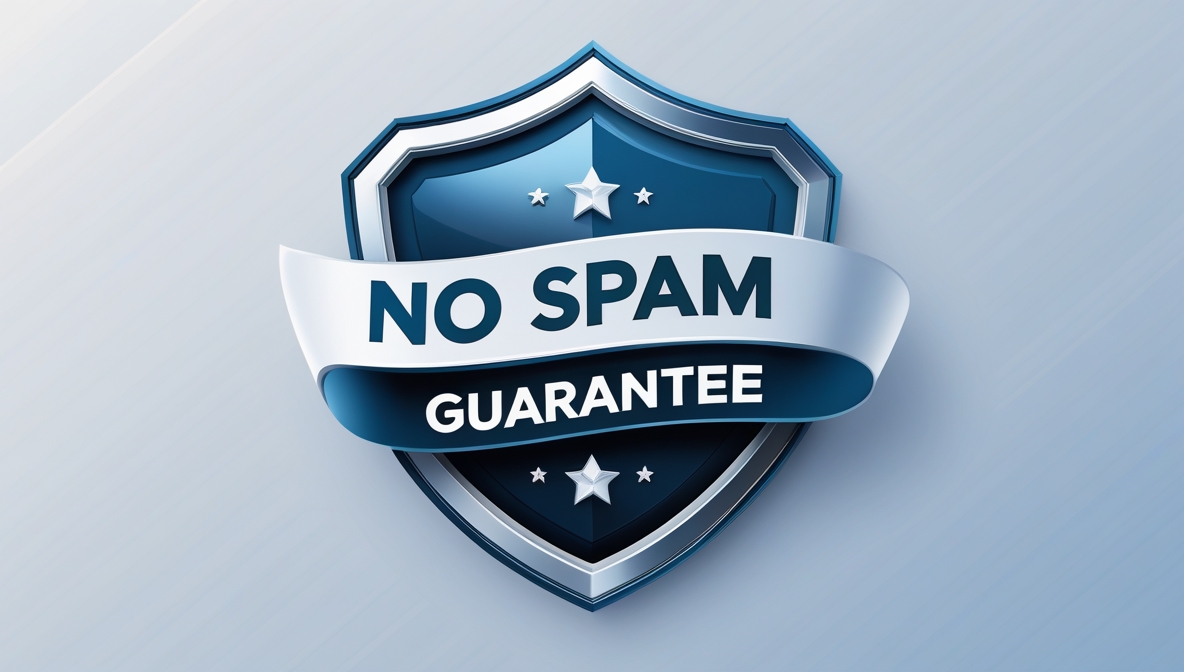A proven, ready-to-use package to simplify complexity and deliver connected, future-proof digital services.
What Is the Universal Interoperability Reference Model Toolkit?
The Universal Interoperability Reference Model Toolkit equips CIOs and enterprise architects with practical tools to achieve interoperability. It includes:
- A Narrative Guide: Explains principles, building blocks, and benefits in clear language to align stakeholders.
- An Editable ArchiMate Model: A customizable framework you can load into architecture tools and tailor to your needs.
Together, they enable seamless connections across systems, data, and processes—spanning departments, partners, and borders.
Why Trust This Interoperability Reference Model Toolkit?
Built on a field-tested framework proven at continental scale, this toolkit connects diverse systems and services. It offers:
- Real-World Reliability: Refined through practical deployments.
- Neutral Design: Vendor- and technology-agnostic for universal use.
- Global Relevance: Applicable across industries, geographies, and scales.
This isn’t theory—it’s a trusted model ready for action.
Why This Reference Model Toolkit Matters?
Fragmented systems, rising integration costs, and compliance risks stall transformation. This toolkit helps you:
- Reduce duplication and integration costs.
- Embed compliance from the design stage.
- Deliver scalable, future-proof services faster.
It transforms interoperability into a foundation for measurable value.
What Makes This Interoperability Reference Model Toolkit Unique?
Unlike abstract guides or vendor solutions, this toolkit delivers:
- Practical Guidance: A clear guide with actionable use cases.
- Actionable Tools: An editable model for immediate adaptation.
It’s a working toolkit CIOs can put into action on day one.
What You Get:
- A proven framework for interoperable systems and governance.
- Editable ArchiMate models with reusable building blocks.
- Governance templates for compliance and accountability.
- Alignment tools (diagrams, roadmaps) to unite IT and business.
Who This Toolkit is For:
For CIOs, enterprise architects, and IT leaders:
- Modernizing legacy systems.
- Integrating post-merger or multi-partner ecosystems.
- Designing cross-border or multi-agency services.
- Building durable digital roadmaps.
If you need solutions that work in the real world, this toolkit delivers.
How to Use This Interoperability Reference Model Toolkit?
- Map your IT landscape to a proven framework.
- Design reusable services with the editable model.
- Align stakeholders with a shared vocabulary.
- Embed compliance and governance early.
- Accelerate delivery with ready-made artifacts.
Get Started Today
The Universal Interoperability Reference Model Toolkit provides the clarity, tools, and structure to build digital services that connect—across systems, partners, and borders.
Download the toolkit now to reduce risk, simplify complexity, and accelerate transformation.

